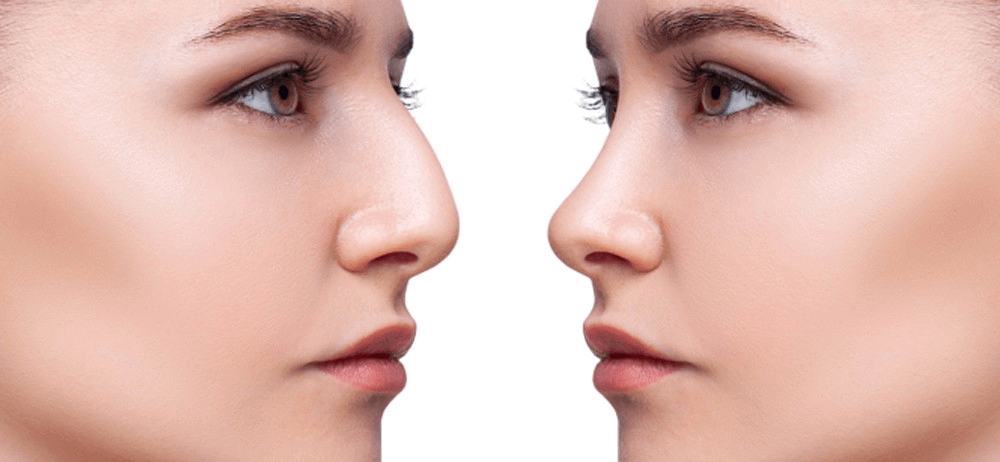Rhinoplasty Recovery

Rhinoplasty Recovery
Swelling
In the first the nose undergoes significant changes 2 to 12 weeks following rhinoplasty.
The swelling gradually dissipates over the first several months and thus the appearance of the nose changes gradually.
- When the cast is removed after one week, the nose will look swollen.
- Usually by the end of the second week, the swelling and bruising have subsided enough that the casual observer will not readily notice that the nose has been operated on.
- To the patient, the nose will look swollen or “puffy” for several months.
- By about 3-4 months, the majority of the swelling will be gone but will look larger in photographs.
- It can take as long as a year for the final shape to become apparent.
- You should give yourself several months if if there are any work or social engagements that would cause concern.
Swelling can persist during this time, particularly in the tip and over the area where a boney hump was removed. Following a hump removal during a rhinoplasty, it is very common for there to be excessive swelling over the central portion of the nasal bridge overlying the area where the boney hump was removed. This area often appears more swollen that the rest of the bridge and can remain swollen for several months. As a result, patients frequently worry that the bump will be permanent.
Taping the bridge of the nose and the supratip area (area above the tip) can significantly reduce postoperative edema (swelling). Gentle pressure from the tape does two things. First, it can help ‘press’ out some of the swelling that results from trapped fluid in the tissues. Secondly, and perhaps more importantly, pressure on the tissues causes the collagen fibers in scar tissue to become more organized, which reduces the volume of the swollen area.
It is very common for rhinoplasty patients to report (in the first several weeks after surgery) that their upper lip feels stiff and that it is difficult for them to smile. Fortunately, this resolves by itself in the first several weeks after surgery as the swelling subsides. Be patient, your smile should return to normal.
Bruising
Bruising and swelling are a normal part of rhinoplasty recovery. They are dependent on several factors related to both the surgical technique and the patient. Techniques that increase bruising and swelling include whether or not the nasal bones were broken (osteotomies) and the extent of soft tissue dissection/elevation from the bony-cartilaginous framework. Patient factors include age, skin thickness, nutrition, bleeding tendencies/disorders, and medications that thin the blood.
Obviously, not many of these variables are within the control of the patient; however the extent of the bruising and the severity of swelling can be minimized by following these tips:
- Avoid any medications that thin the blood for a minimum of 2 weeks before surgery and do not resume them until your physician directs you to. These medications include (but are not limited to): aspirin, ibuprofen, anti-inflammatories, heparin, lovenox, coumadin, plavix.
- Avoid multivitamins/herbal remedies/teas etc that contain high levels of Vitamin E, Ginseng, Ginko — these can cause you to bleed more freely.
- If you have a tendency to bleed or bruise easily, have a history of a bleeding disorder, or have a family member with a bleeding disorder, you should discuss this with your physician before surgery.
- Ice packs to applied to the cheeks for the first 48 hours
- Keep you head elevated higher than your heart. This will help minimize the amount of edema (swelling).
- Avoid smoking
- Herbal supplements such as bromelin, papaya extract, and arnica may be of benefit, but few studies have proven their effectiveness.
- Sun exposure in the first several months following rhinoplasty can cause the skin of the nose to become red or “splotchy”. It can also predispose you to getting sunburned more easily. For the first several months after rhinoplasty, patients should wear sunscreen and/or a hat to prevent the above mentioned problems.